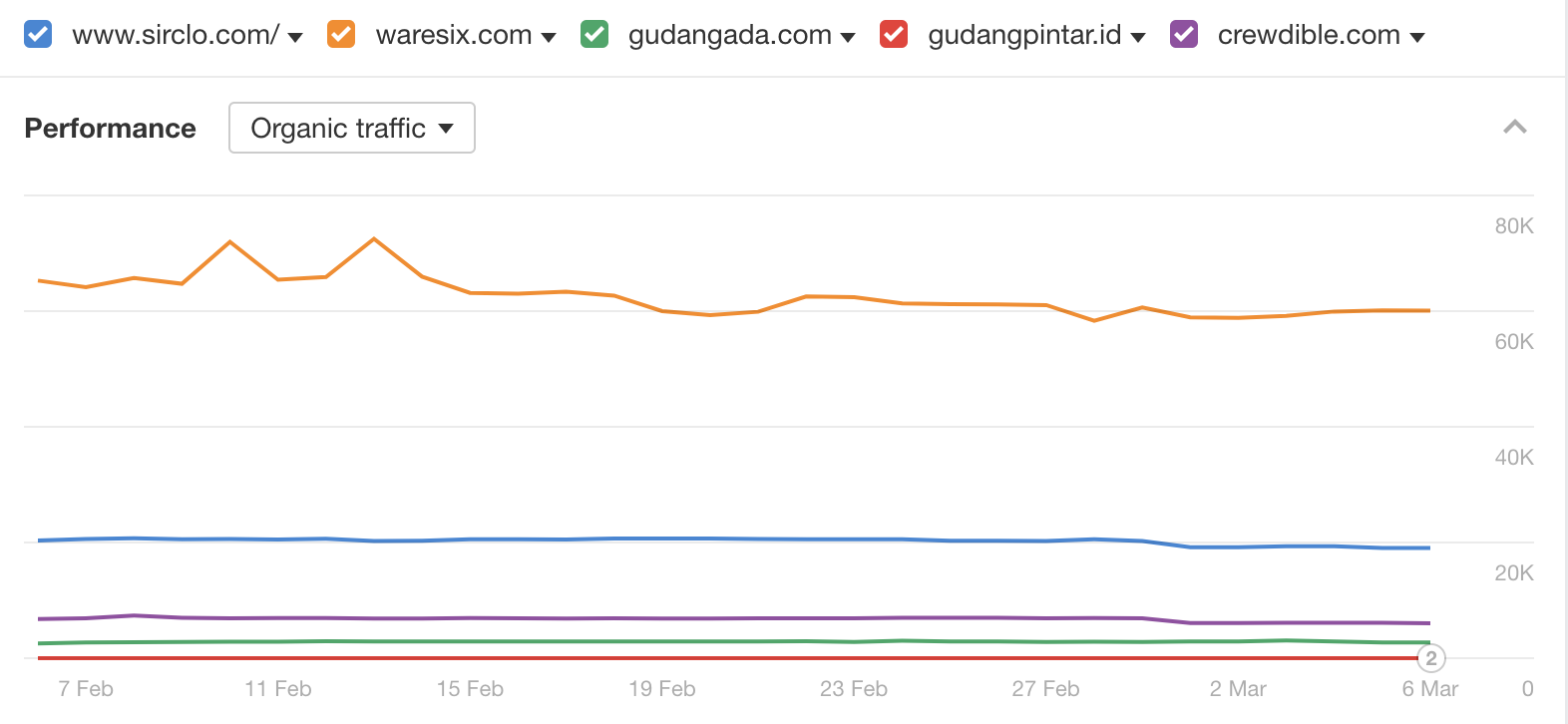On March 5 at 9:03 AM US time, Google announced two significant algorithm updates:
- Google Core Update
- Google Spam Update
Both updates are important as they will directly impact website rankings in the coming weeks.
How Will These Updates Affect Rankings?
The effects of the Google Core and Spam updates will become fully noticeable about a month after the release. The Core update, launched on March 5, will roll out over the course of an entire month. Meanwhile, the Spam update will be fully deployed within two weeks after the release date.
During this period, you may experience fluctuations in your website’s traffic. This is normal since Google will be rearranging rankings until the updates are fully implemented.
Reasons for Ranking Drops After Algorithm Updates
After an algorithm update, some websites will experience an increase in visitors, while others may see a decline. This is a natural outcome as Google rewards sites that are well-designed and optimized to provide valuable content and benefits to users.
These benefits come from creating relevant, thoughtful content that enhances user experience. Factors such as bounce rate and time on page send signals about the quality of a site. A well-optimized website is also likely to benefit from past backlink efforts, as external mentions via hyperlinks help build authority. Websites that have invested in quality backlinks over the past few months may see positive results after these updates.
Causes of Traffic Declines
While some sites experience traffic surges, others might see a drop. When analyzing a traffic decline, it’s essential to assess both internal and external factors.
Potential Internal Causes of Traffic Decline
1. Over-optimized content
Focusing too much on word count can backfire, negatively affecting user behavior by increasing bounce rates and lowering time on site.
2. Lack of internal links
Poor internal linking can harm both user experience and search engine visibility. Pages without internal links are hard for users—and Google—to find. Strong, relevant internal linking is crucial, especially if embedded in high-traffic pages.
3. Outdated content
Content tied to dynamic information (such as prices, dates, locations, or other variables) must be regularly updated to remain relevant. Failing to do so can significantly harm search rankings.
4. Decreased publishing frequency
A drop in content publishing frequency can also impact traffic. For example, if you previously published 10 articles per month but now only post 6, this decline in consistency can influence your site’s performance.
Potential External Causes of Traffic Decline
1. Competitors’ content optimization
Competitors may be producing content that offers more value to users, improving their rankings.
2. Competitors’ internal linking strategies
Competitors with well-structured, targeted, and consistent internal linking strategies have an advantage. Unlike backlinks, internal links allow for direct, intentional keyword targeting within your own site without restrictions on quantity.
3. Competitors’ aggressive content updates
If competitors have been more aggressive in updating their content recently, they may outperform you in search rankings.
4. Competitors’ backlink strategies
It’s essential to analyze whether competitors have been actively building backlinks while your site has not. This can impact your site’s authority and visibility.
Monitoring Traffic Trends in the Warehouse & Fulfillment Startup Industry
Below is a snapshot of the organic traffic trends for several warehouse and fulfillment startups, including Waresix, GudangAda, GudangPintar, Crewdible, and Sirclo.

So far, no significant changes have been observed. We will continue to monitor these trends on a weekly basis starting from March 6, 2024.
A full analysis of the impact and outcomes will be conducted 30 days after the updates, beginning on March 6, 2024.

 EN
EN  ID
ID